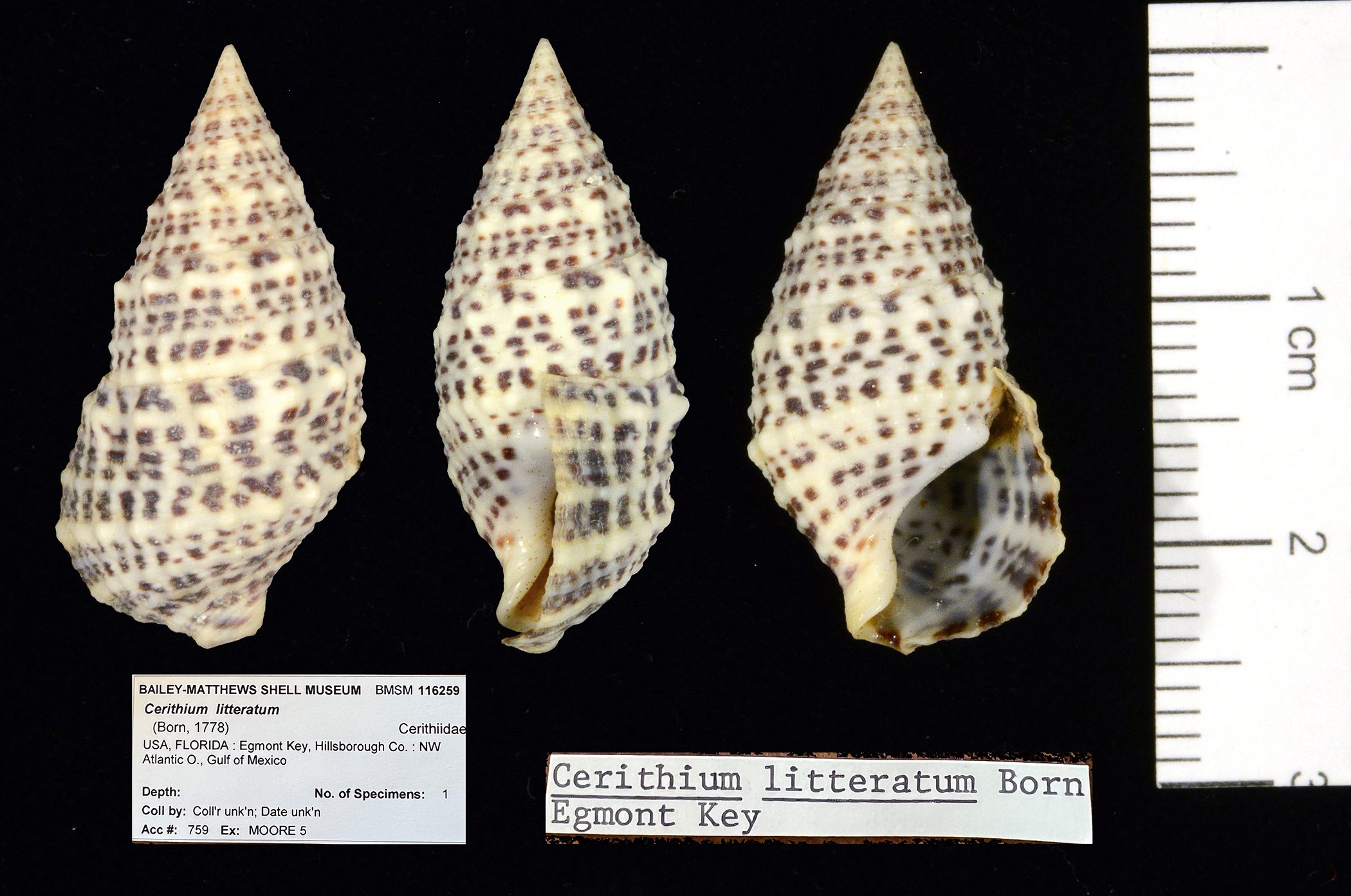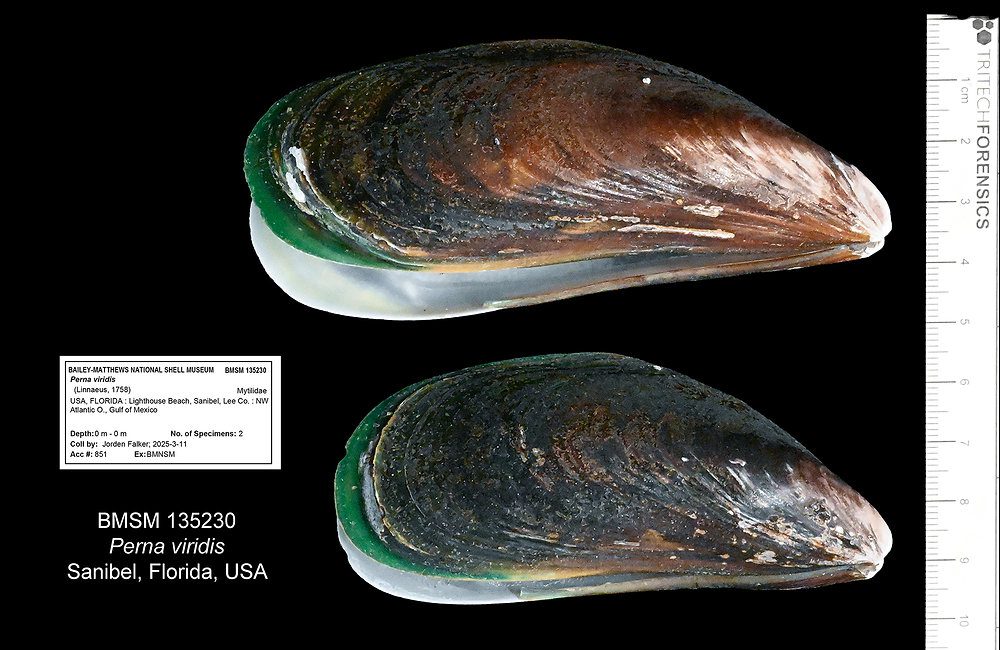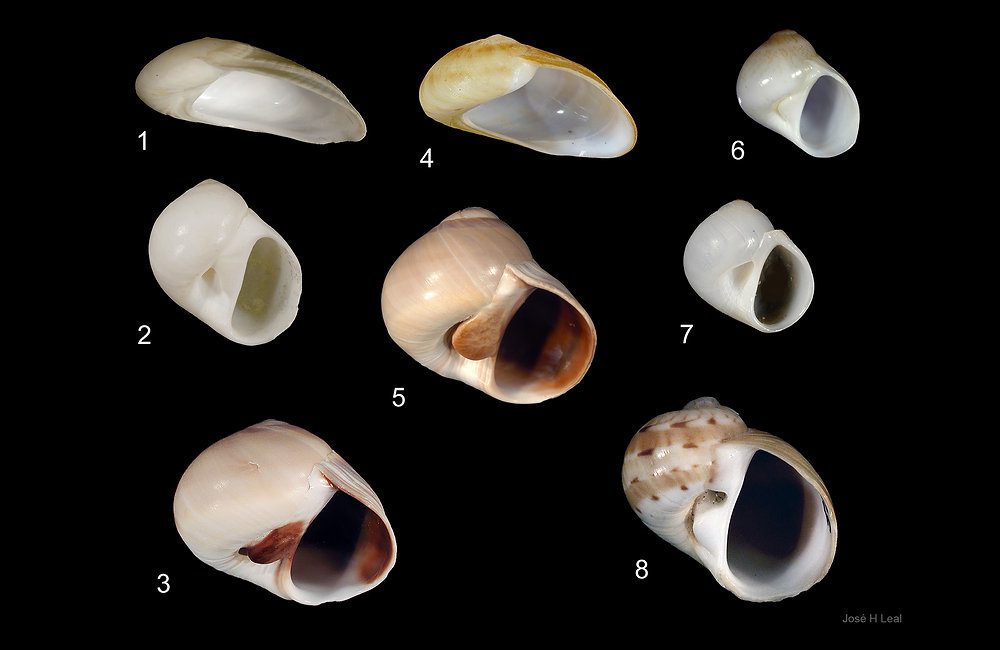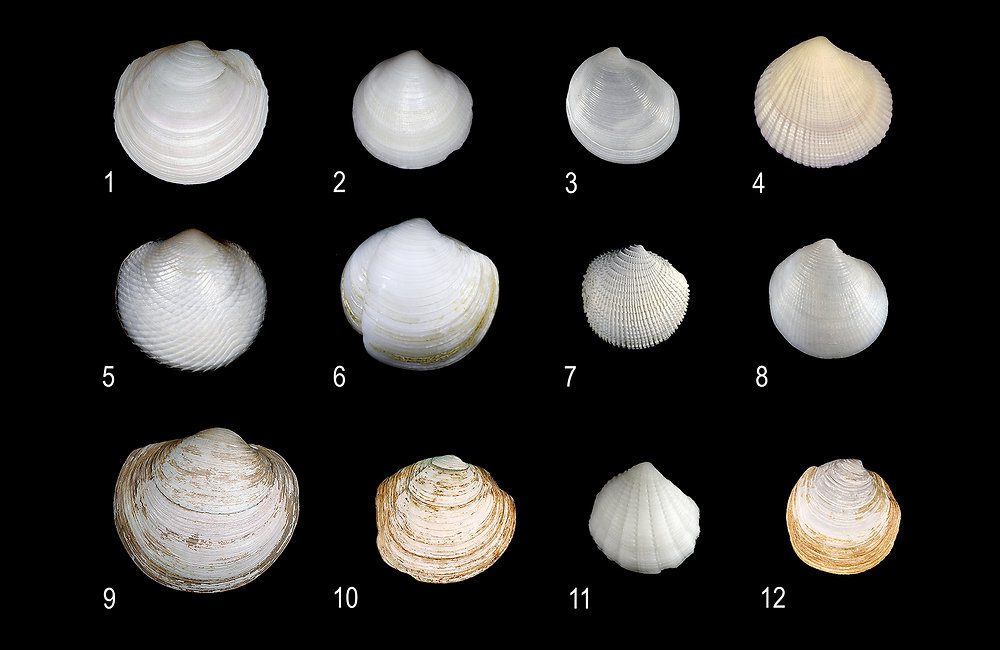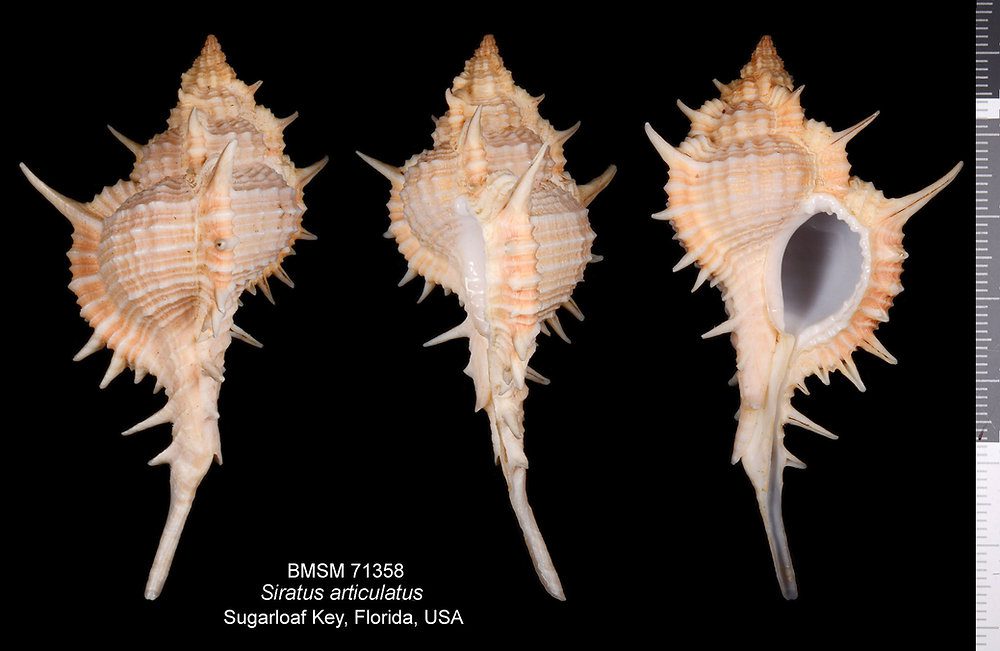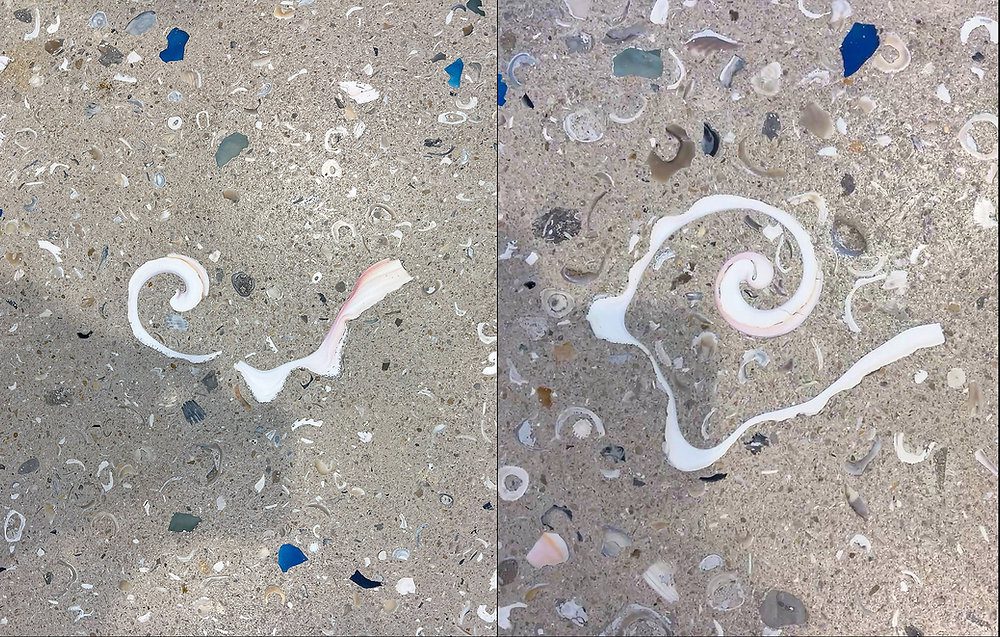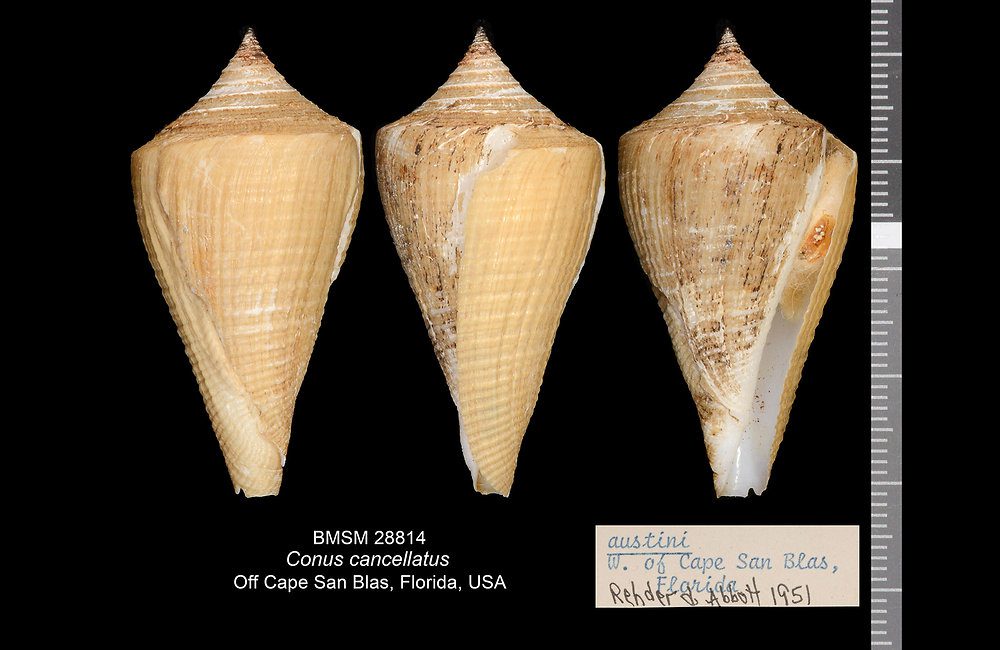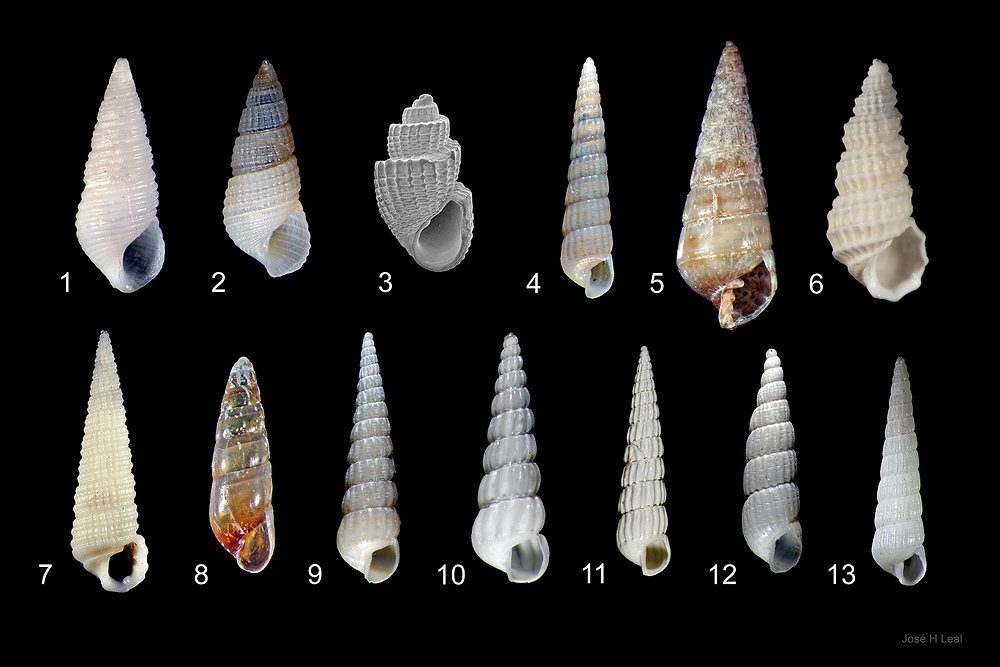
Pyrams of Southwest Florida
Now for another episode of the “Family Pages” series of species living along the coast of Southwest Florida. This one introduces some of the micromollusks in the taxonomically challenging family Pyramidellidae. (There are additional species not yet illustrated.) Here we go: 1 – Impressed Odostome (Boonea impressa); 2 – Half-smooth Odostome (Boonea seminuda); 3 – Unidentified Chysallida species; 4 – Incised Turbonilla (Houbricka incisa); 5 – Crenulated Pyram (Longchaeus suturalis); 6 – Netted Pyram (Peristichia agria); 7 – Tower Pyram (Peristichia toreta); 8 –…
